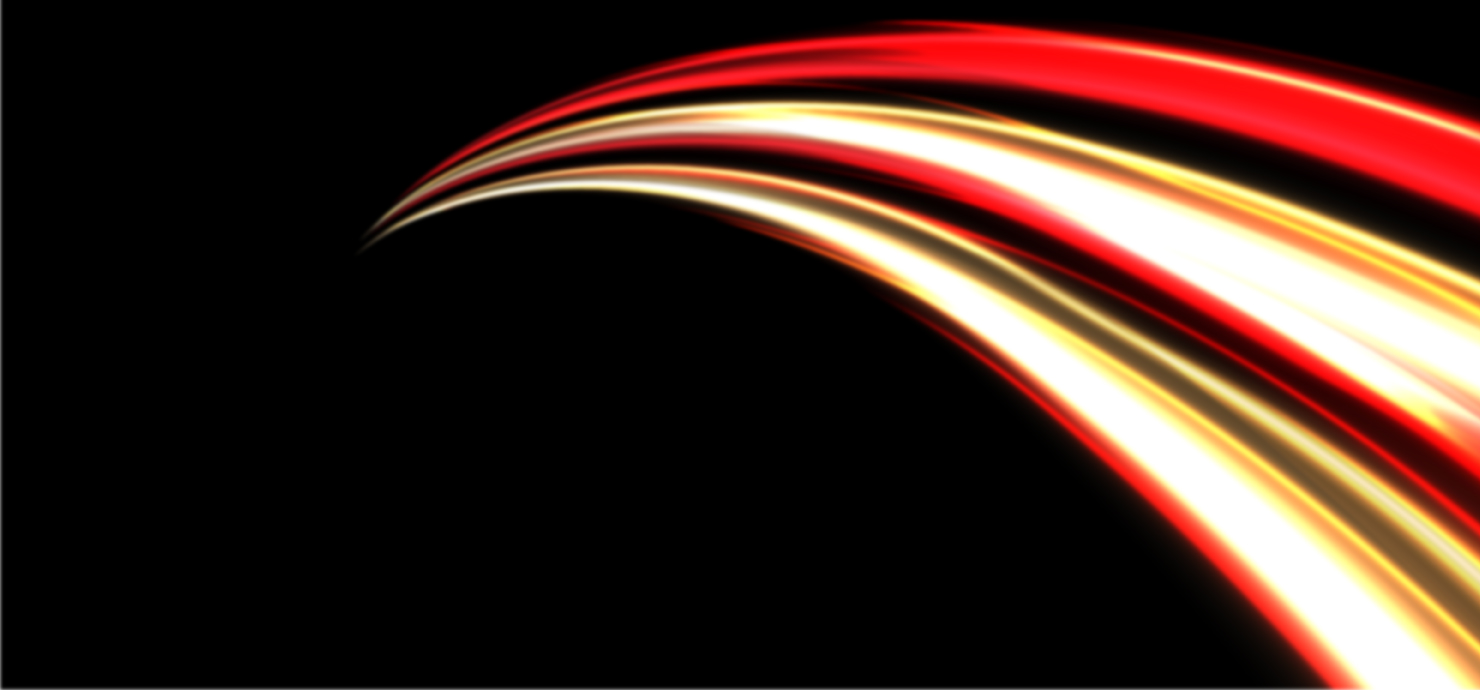by Lauren Espach - Social Media & Digital Content Manager at Spitfire
Nov 16, 2021
Engaging with your audience, and encouraging them to take a desired action, like viewing your latest blog post, in an authentic way, is at the heart of inbound social media marketing.
What is inbound social and why do you need it?
What was once used simply to connect with friends and play games, social media has now grown into one of the most powerful marketing tools available. Today consumers are more empowered, more informed, and have higher expectations and demands. Consumers now decide when, where, how, and if they even want to engage with, or receive communication from a brand. This is why inbound social media matters.
This article will delve deeper into the inbound methodology, and more specifically, inbound social media, how and why it works, not only for you but for your customers too.
“Inbound social media is intentional, strategic, and focused on nudging your social media audience to take a desired action, like clicking through to a specific blog article that answers a question for them, in a more natural and authentic way.” - Lauren Espach, Social Media and Digital Content Manager, Spitfire Inbound.
What is Inbound Marketing?
As explained by HubSpot, the Inbound Methodology is ‘the method of growing your organization by building meaningful, lasting relationships with consumers, prospects, and customers. It’s about valuing and empowering these people to reach their goals at any stage in their journey with you.’ The Inbound Methodology is based upon attracting, engaging, and delighting your prospects or customers. Why? Because when your customers succeed, so does your business. Think of it as a symbiotic relationship between you and your customers.
The Inbound Methodology is all about drawing in the right people with valuable content, providing solutions that align with their pain points, and supporting and empowering your customers to find success with their purchase.
The essence of Inbound Marketing is to keep costs low, provide a pleasant experience for your prospects, and make purchasing decisions easier for those prospects. When executed correctly, a solid Inbound Marketing strategy has the power to cut through all the noise of traditional marketing methods by using clear, consistent, and thoughtful messages.
The Donovan Digital Blog provides a concise argument as to why Inbound Marketing is the way to go, and why traditional methods just don’t make the cut anymore.
It is important to note that the Inbound Marketing methodology is customer-centric and is almost completely focused on context and content; providing the right content, to the right people, at the right time, using the right channels.
Where does social media fit in?
Social media is packed with potential and can be used to dramatically supercharge an inbound strategy or campaign. Furthermore, it provides a useful channel through which your content can be served to your prospects and it allows you to learn more about their behaviours.
Within the HubSpot methodology, we use social media to:
- Support and enhance existing content and marketing campaigns
- Help reach our customer’s goals
- Increase leads and conversions
- Drive inbound traffic to a desired website, blog, or landing page
- Increase brand awareness
- Encourage user engagement
So, what is inbound social media?
As mentioned before, Inbound Marketing is customer-centric, and this means that a major benefit of social media for inbound marketing is that it allows you to reach the right audience, at the right time, with the right message, thus providing value to your prospects. Inbound social media can be described as an excellent means of sharing your content and engaging with your audience in a human and helpful way, through the use of social media channels.
Inbound social media differs from normal, “organic” social in that social media posts are more strategic, and usually include an inbound link driving traffic to a specific blog page or website. This is normally accompanied with an “autopull” image, that also includes link preview text, pulled in directly from the desired blog post or webpage, as seen in the example below.

Engaging with your audience, and encouraging them to take a desired action, such as clicking on a social media post to read your latest blog article, is at the heart of inbound social media marketing.
Why your business needs inbound social media
The inbound methodology is all about caring, putting the customer first, and showing empathy. Remember, your prospects are lurking on your social media pages, and the more active you are, the more likely they are to trust your brand. The manner in which you engage with your prospects on social media speaks volumes about your brand, and shows that you care about their needs, and understand their pain points.
Social media is an inexpensive way to get your brand in front of the audience that you want to reach. The images you post, the topics you discuss, the manner in which you engage publicly on social media, all shape how a prospect sees your brand and whether or not you meet their needs and expectations.
You can use a variety of tactics and creative formats to promote your brand, services or products on social channels. Each social media channel has its own unique functionality which you can leverage to your advantage. For example, you can use videos, GIFS, polls, static images, and threads, along with an inbound link to keep things interesting.
You can use HubSpot’s reporting data to gain deeper insights into how your inbound social media is performing, as seen in the below Marketing Hub graphs.
Sessions graph
Impressions graph
Interactions graph
Clicks graph
Social media facilitates the delight stage of the Inbound Methodology
Once the sale has ended, it is important to stay connected to your customer and this can be done through social media. For instance, you could provide more helpful tips on how to use the product or service, answer any questions they might have regarding their purchase, and even provide some entertaining content.
The continuous communication between your brand and your customers will allow you to establish a long-term relationship that will greatly benefit your brand in the long run.
Social media and the Inbound Methodology align neatly together, however it is important to note that, in this digital era, the social media space is saturated with content. There is huge competition for attention, social media platforms gain and lose popularity overnight, and algorithms are constantly changing.
According to Nicole Votolatio Montgomery, Associate Professor of Marketing, Mclntire School of Commerce, “Marketers now have less than 3 seconds to grab the attention of the audience”. She adds that consumers are now making decisions in a matter of seconds.
This means that inbound marketers now need to be as adaptive and responsive as possible to keep up with the dynamics of inbound social media.
How to execute an inbound social media strategy?
1. Content and Context is King
High-quality content is key to a successful inbound social media strategy. Recent statistics show that content marketing is 3 times more likely to gain leads than paid search.
Remember, producing high-quality content shouldn’t be primarily focused on sales, it should be about having one-to-one meaningful conversations with your prospects, providing value to them, offering solutions to their pain points, and even entertaining them. According to HubSpot’s research, the three main reasons why people use social media are that they want to be:
- Informed
- Entertained
- Connected
Ideally, you want to produce content that aims to nurture the relationship over time, rather than seeking an immediate sale. Content of this nature can be delivered when your buyer personas have been clearly defined.
Context is just as important as content. There might be an incredible piece of content you want to share, but knowing the right time and place to do so is critical. Content Marketing Lead at WordPress VIP, Tess Needham, describes the relationship between content and context as a love story - it’s about telling your customers how you will make a difference in their lives, in the correct context. Relevance is crucial.
Your inbound social media strategy will usually be informed by your Content Strategy. Social Media forms part of your overall marketing and should align with your main goals.
2. Know your audience
Quality content is a solid starting point but won’t have much of an impact if you don’t know who you’re serving it to. After all, an effective inbound marketing strategy requires a comprehensive understanding of your ideal customer. By developing in-depth buyer personas, you can be sure that your content will speak to their unique needs and interests.
By leveraging the data and insights, you are able to gain a deeper understanding of where your prospects are in the buyer’s journey and where their minds are at in terms of your brand. Are they using social media as a decision-making tool or are they engaging with awareness stage content? Use this information to craft intentional social media content that answers their needs, while directing them to the content that is most relevant to them at any particular time.
Apart from being an excellent platform to serve content to your audience, social media also acts as a listening tool. HubSpot is an excellent CRM tool that helps you to keep track of social mentions by searching for the keywords and topics that your audience is talking about.
According to HubSpot’s research, 48% of customers make a purchase with a brand that is responsive to its customers and prospects on social media.
3. Content and inbound social media go hand in hand
Once again, we go back to content. Content is the fuel that keeps the inbound methodology alive. Your content strategy should be informed by your audience’s behaviours and patterns. Getting into the minds of your customers is the only way to build a truly engaging content strategy.
Similarly, your inbound social media strategy should be informed by your content strategy. This is a symbiotic relationship and should support and enhance your overall marketing goals.
4. Customer interaction - even at the end
A fundamental part of inbound marketing is that it does not end once the deal has been closed. Continuing to delight your customer not only helps your brand’s reputation, but it helps to build long-term, mutually beneficial relationships with your customers.
Social media is a crucial component in the delight stage of the inbound methodology. Once the sale has been made, you should provide content that allows your customer to continue interacting with you, even after the sale has been completed. This will create a sense of belonging among your customers and enable them to provide feedback and have conversations around their experiences with your brand.
Maintaining a consistent conversation with your customers via social media will go a long way in developing loyalty and brand advocacy among your customers.
Final Thoughts
Never underestimate the power of social media. People crave meaningful conversations, and inbound social media is what needs to be embraced in today’s digital world - in a genuine way. It’s important to remain true and authentic when engaging with prospects, and never be afraid to take risks and be innovative. Have fun, be creative, and test, test, test. Find what works for you, your customers, and your audience.
Never miss a post, subscribe to our blog newsletter to get content straight to your inbox.
Lauren Espach - Social Media & Digital Content Manager at Spitfire
Lauren joined the Spitfire Inbound team in 2019, and in her role as Social Media and Digital Content Manager, she gets to flex her social and content muscles on a daily basis. With a strong agency background and qualification in Digital Marketing, she specialises in social media with a core focus on content and strategy. A self-confessed bibliophile and coffee snob, she’s also a slave to two felines, two bunnies, and one bearded dragon. “In order for your marketing to be truly great, you must optimise, socialise and integrate.”




